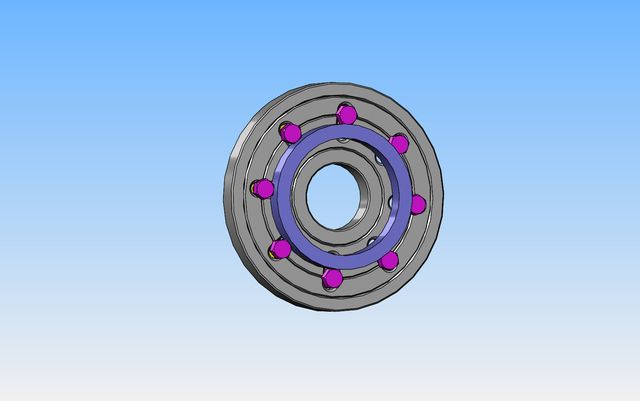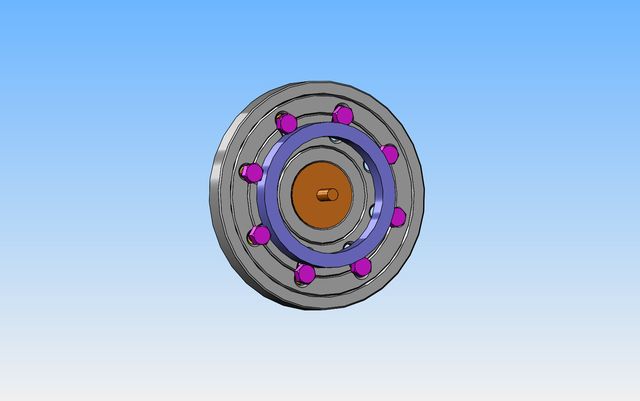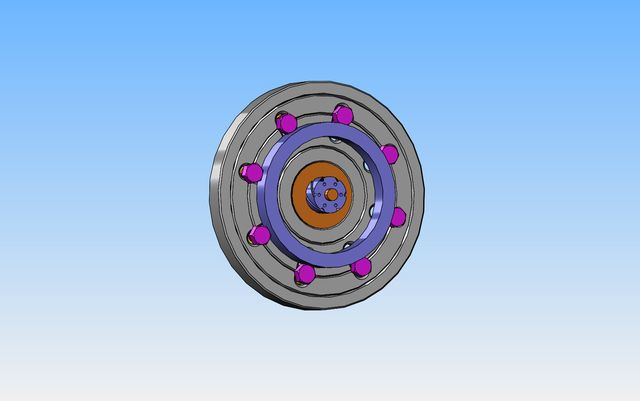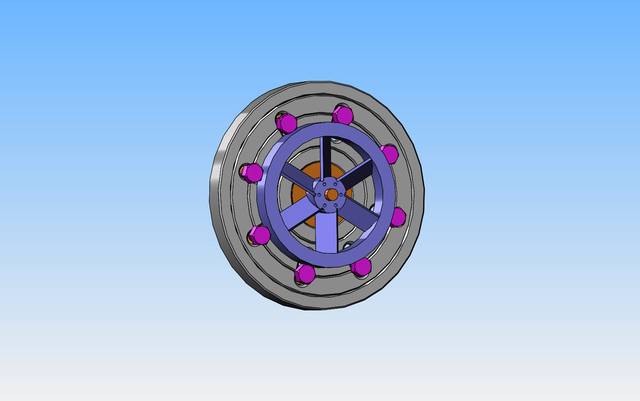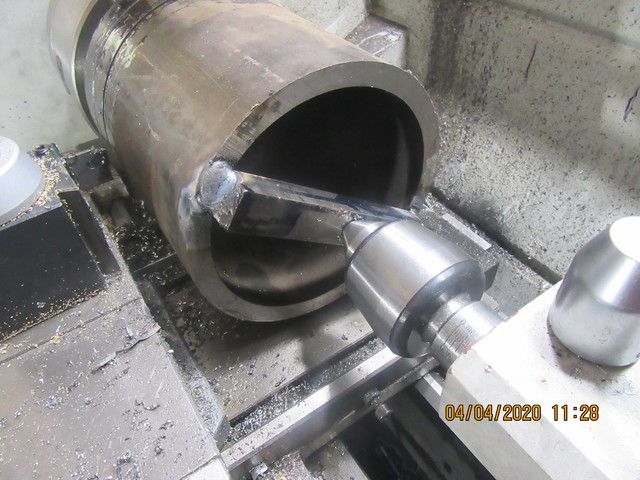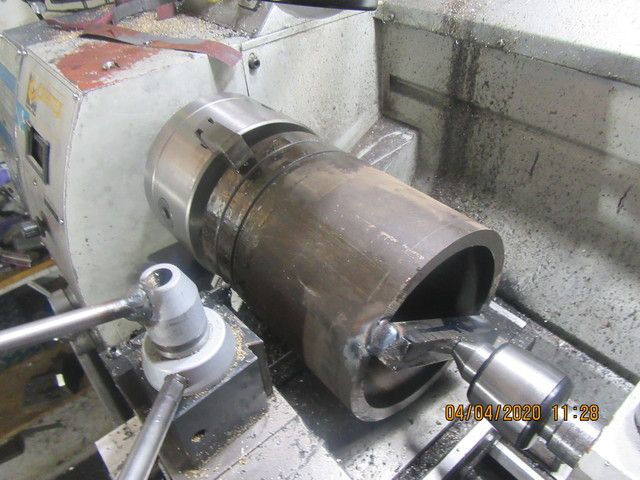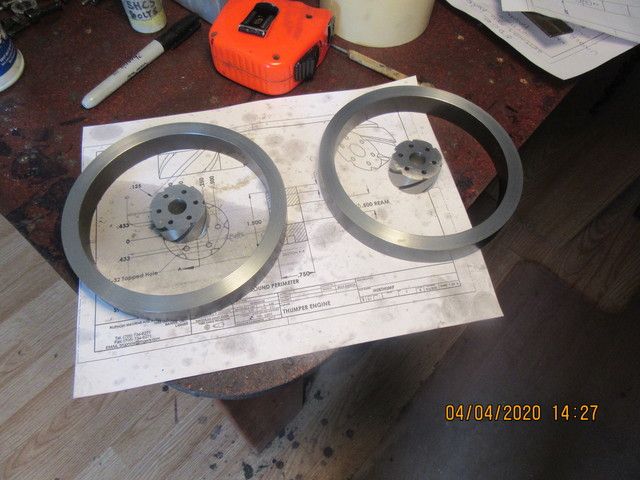Brian, here's an alternative that I would consider - mount a piece of plywood to your faceplate; turn a recess in it, maybe 1/4" deep, 6" wide so the outer rim just fits snugly. Drill or bore or whatever is needed to mount the inner hub.
Yes, plywood does not seem like the obvious choice when welding, and yes, it will char ... eventually. But by the time you've got one side tacked together, it will have served its purpose and can be discarded.
The one major drawback with this idea is that you will have to clamp the ground directly to the rim. But it avoids using your precision equipment (lathe chuck or faceplate or so on) as a welding fixture.
Note that, in addition to the issue of the electronics in your lathe, welding on a lathe can be a particularly bad idea if you do not provide a direct path to ground. If the ground circuit goes through the lathe bearings ... bye, bye bearings!





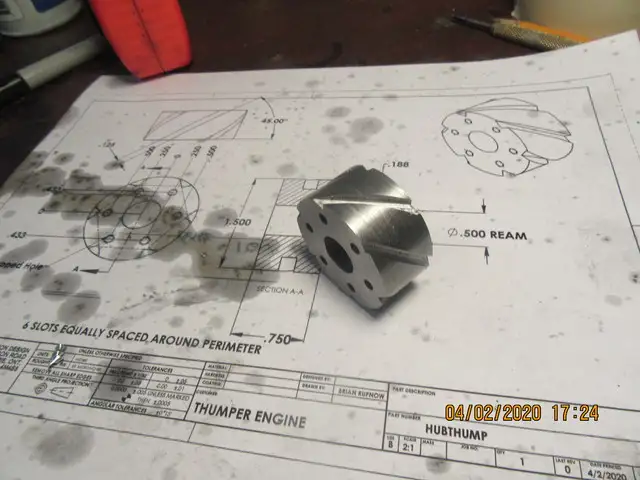

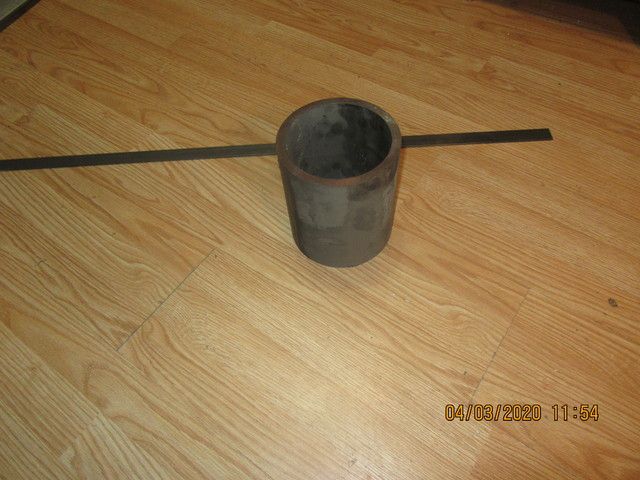






















![DreamPlan Home Design and Landscaping Software Free for Windows [PC Download]](https://m.media-amazon.com/images/I/51kvZH2dVLL._SL500_.jpg)


![MeshMagic 3D Free 3D Modeling Software [Download]](https://m.media-amazon.com/images/I/B1U+p8ewjGS._SL500_.png)






























